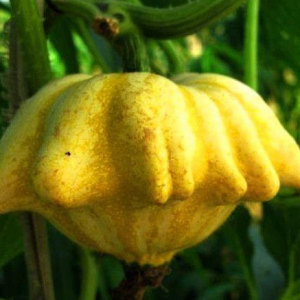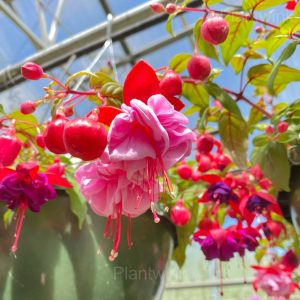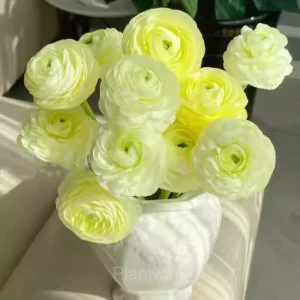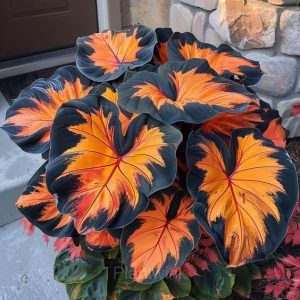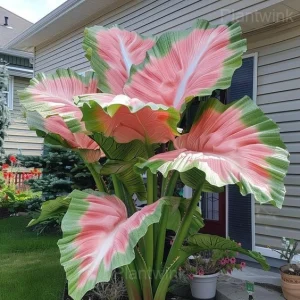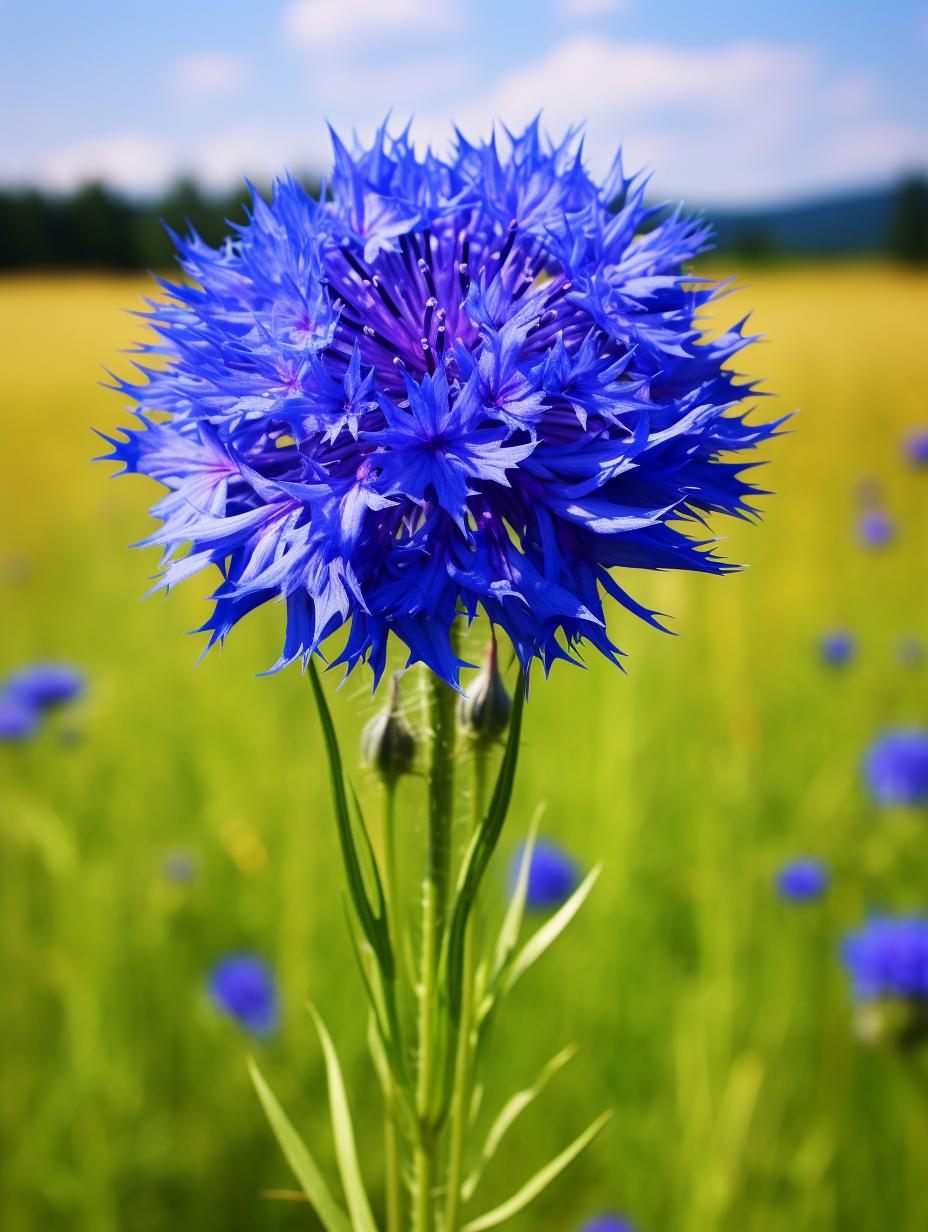Once upon a time, there was a little Vinca plant named Petunia. Petunia lived in a botanical garden and loved to dance whenever the moon was high in the sky. One night, a mischievous butterfly named Buzzy decided to play a trick on Petunia. Buzzy sprinkled some magical pollen on Petunia, and suddenly, her petals turned into vibrant rainbow colors! The other plants in the garden were amazed by Petunia’s newfound beauty and joined her in a colorful dance party. From that day on, Petunia became known as the Dancing Vinca, spreading joy and enchantment wherever she went.
Picture
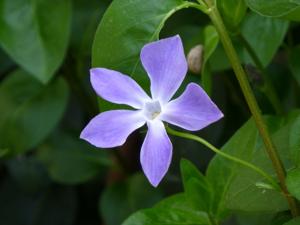
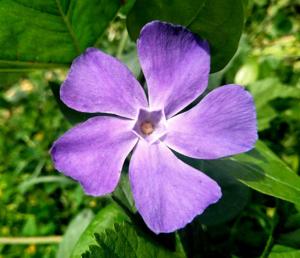
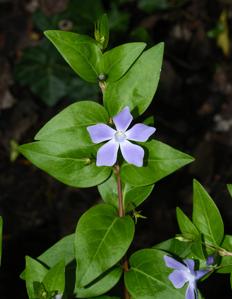

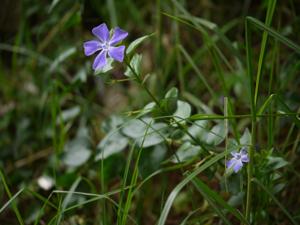
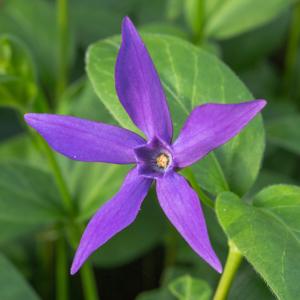
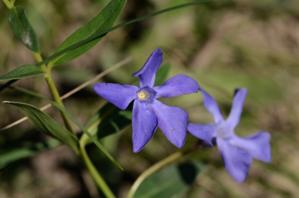
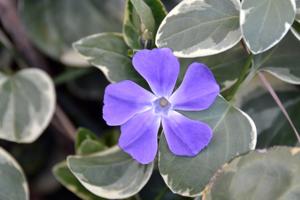
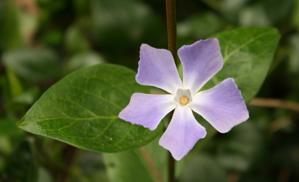
Plant some seeds now!
Short Description
Vinca (/ˈvɪŋkə/; Latin: vincire “to bind, fetter”) is a genus of flowering plants in the family Apocynaceae, native to Europe, northwest Africa and southwest Asia. The English name periwinkle is shared with the related genus Catharanthus (and also with the common seashore mollusc, Littorina littorea).
Description
Vinca difformis in habitat, Cáceres, Spain
Vinca plants are subshrubs or herbaceous, and have slender trailing stems 1–2 m (3.3–6.6 ft) long but not growing more than 20–70 cm (8–27.5 in) above ground; the stems frequently take root where they touch the ground, enabling the plant to spread widely. The leaves are opposite, simple broad lanceolate to ovate, 1–9 cm (0.5–3.5 in) long and 0.5–6 cm (0.20–2.36 in) broad; they are evergreen in four species, but deciduous in the herbaceous V. herbacea, which dies back to the root system in winter.
The flowers, produced through most of the growing season, are salverform (like those of Phlox), simple, 2.5–7 cm (0.98–2.76 in) broad, with five usually violet (occasionally white) petals joined together at the base to form a tube. The fruit consists of a pair of divergent follicles; the dry fruit dehisces along one rupture site to release seeds.
